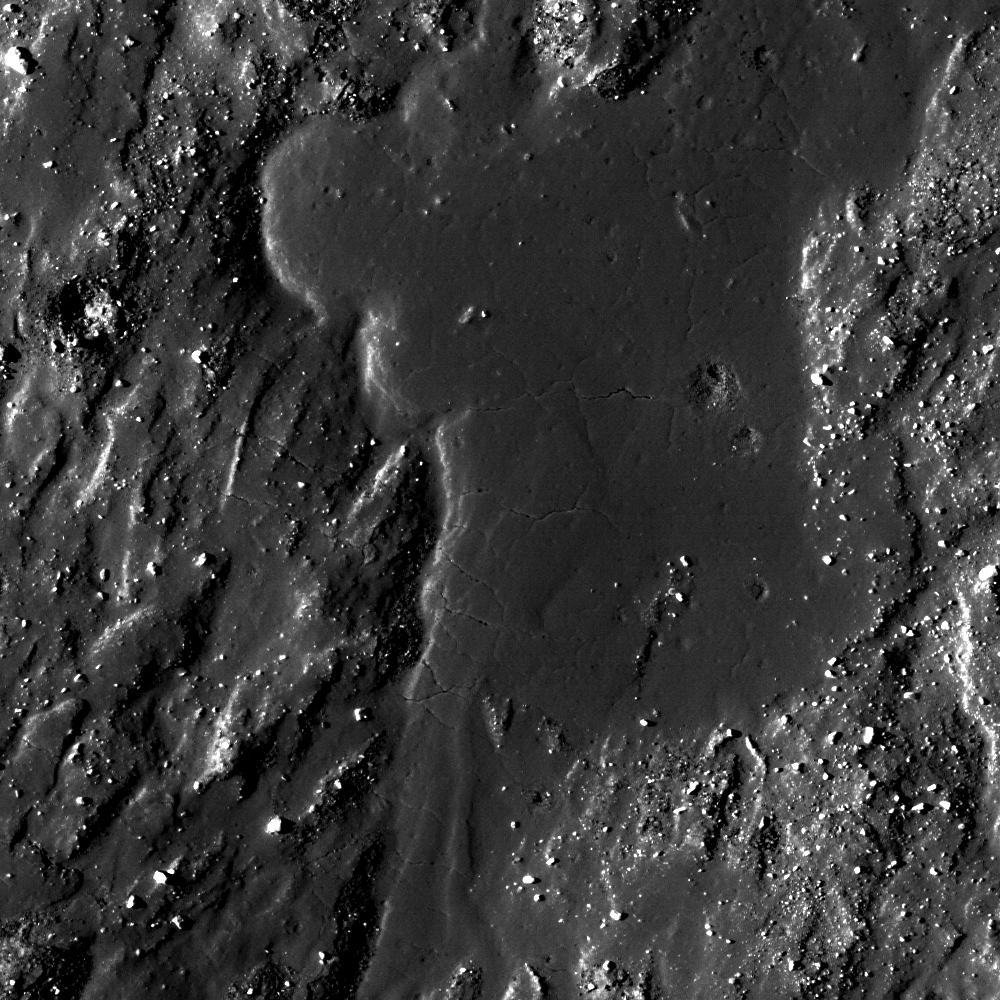
Impact melt is a common feature inside fresh craters on the Moon. Less common, but no less spectacular, are impact melt flows that were emplaced just outside their parent craters and flowed downslope. Because impact melt is fluid when it lands, it flows down the flanks of the crater until it reaches an impasse and pools in low lying areas. The impact melt flow in today's Featured Image has done exactly this. The surface that the impact melt flowed down appears grooved. These grooves were probably carved out by ejecta when the impact occurred. Soon after, the impact melt was deposited and was able to follow the grooves downslope until meeting an obstacle.
Explore the rest of the impact melt flow in the full NAC frame!
Related Posts: Outside of Giordano Bruno
Published by Drew Enns on 14 December 2011
